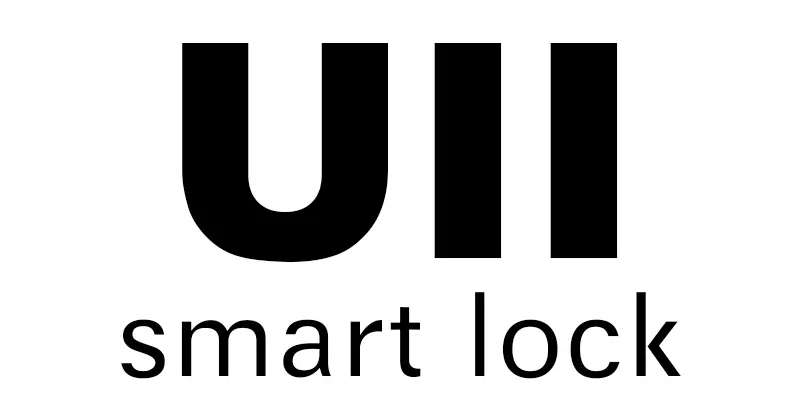
Finger vein vs Fingerprint which is better? With the development of science and technology, biometric technology has become mainstream in identity authentication and information security. Biometrics utilizes inherent physiological features (e.g., fingerprints, face, iris) or behavioral features (e.g., gait, handwriting) for identity authentication. Finger vein recognition and fingerprint recognition are two widely used biometric technologies. This paper compares these technologies, discussing their advantages and disadvantages in terms of security, accuracy, and convenience to provide users with targeted selection suggestions.
Finger Vein Recognition Technology
Finger vein recognition uses human finger vein patterns for identity authentication. Located under the skin, finger veins consist of countless interconnected venous blood vessels with unique shapes and distribution characteristics for each person. Therefore, finger vein identification offers high security and uniqueness.
The process of finger vein recognition involves scanning the finger vein pattern with a specialized device to extract feature data, which is then compared with a pre-stored feature template to determine identity. Finger veins are not easily worn out and are less affected by the external environment, resulting in higher recognition accuracy.T12 is nice finger vein recognition smart lock. Additionally, the manufacturing cost of finger vein recognition equipment is relatively low, making it easy to promote and apply.
Fingerprint Identification Technology

Fingerprint identification is popular that uses the fingerprint lines on fingers for identity authentication. The equipment scans the fingerprints, extracts feature data, and compares it with a pre-stored fingerprint template to determine identity. Fingerprint recognition is highly accurate and practical, widely used in various scenarios such as cell phone unlocking, access control systems, and time and attendance systems.
The advantages of fingerprint identification include mature technology, low equipment cost, and ease of operation. However, fingerprint recognition has limitations, such as being affected by wear, oil, blisters, and other factors. Additionally, fingerprints can be forged, impacting recognition accuracy.
Finger Vein Recognition vs Fingerprint Recognition
- Security:
- Finger Vein Recognition: More secure because veins are under the skin and hard to forge.
- Fingerprint Identification: Less secure due to wear, oil, blisters, and potential forgery.
- Accuracy:
- Finger Vein Recognition: More accurate due to unique vein patterns and minimal environmental impact.
- Fingerprint Identification: Accuracy can be compromised by wear, oil, and blisters.
- Convenience:
- Fingerprint Identification: Easier to operate by placing the finger on the device.
- Finger Vein Recognition: Slightly more complex as it requires inserting the finger into the device.
- Cost:
- Finger Vein Recognition: Low manufacturing cost and easy to apply.
- Fingerprint Identification: Low equipment cost, mature technology, and a wide range of available devices.
Conclusion
Both finger vein recognition and fingerprint recognition are popular, each with unique characteristics in terms of security, accuracy, and convenience. Finger vein recognition is more secure and less affected by the environment but has a slightly more complex operation. Fingerprint identification is mature, cost-effective, and simple to operate but may suffer from security and accuracy issues due to wear and forgery. When selecting biometric identification technology, consider specific application scenarios and needs to choose the most suitable solution.

